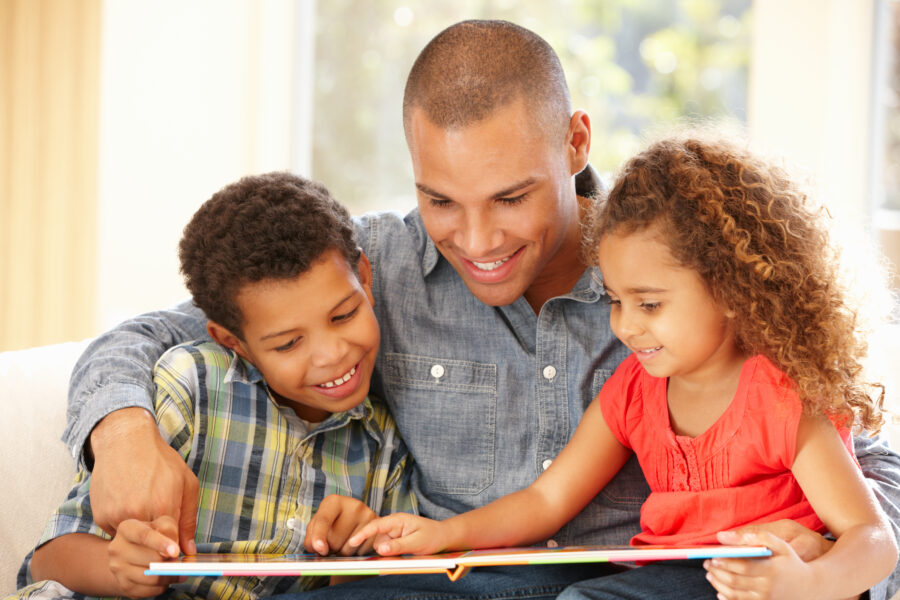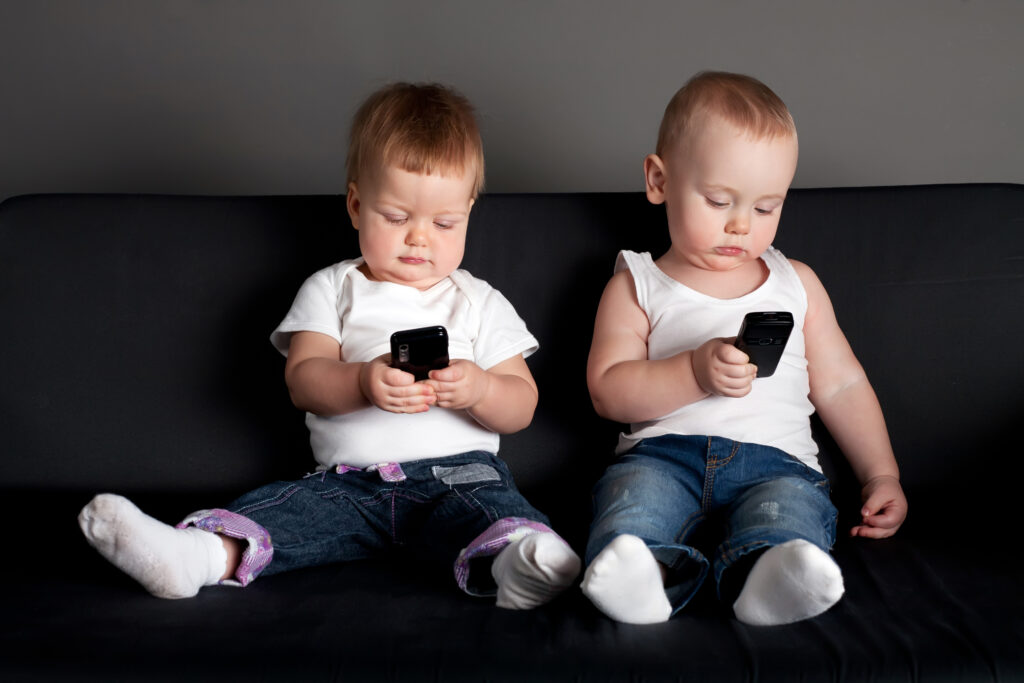My read-aloud journey started in the sixties when my German mom married my dad, a twenty-one-year-old GI in the United States Army, and became Americanized.
While she was in a foreign country, learning to assimilate to a new culture, we became read-aloud buddies.

I recall my mom telling stories of us strolling across the Brooklyn Bridge. On each trip, she would buy a Golden Book for us to enjoy together.
Her stories of our adventures help me conjure pictures of her reading to me and consequently learning to become a better reader, writer, and speaker herself in English.
Fast forward to the late eighties when I had my first child, Jonathan Lenahan.
Little did I know how powerful those read aloud interactions with my mom would prove to be. Those times spent reading together helped me become a more knowledgeable and insightful reading parent and reading teacher decades later.

Not until I became a parent myself did I realize why some children came to school with reading deficits.
Lack of pre-reading knowledge is not an exclusive problem for the disadvantaged in our society. Children coming from all socioeconomic backgrounds are being deprived of read aloud time.
Students coming from homes with no read-aloud time begin school with a definitive deficit in their backpacks. Children aren’t born with innate pre-reading skills.
Children who do not have stories read aloud to them often do not know how to:
- hold a book right side up
- track print from left to right
- know where to begin reading on a page
- point to words and pictures as they read
- talk about the meaning of the words and pictures
As a teacher, it’s usually a dead giveaway when you are initially getting to know a student, and they hold a book upside down. It’s a sure sign they have not had the opportunity of being held on the lap of a parent, grandparent, or babysitter to enjoy a story together.
Even children who listen to stories read aloud often do not know where the story starts unless the parent has been helping them with tracking and pointing to text and pictures.
Michelle Lenahan aka Ms. LendaHand
Children who read with another adult learn how to track the print with their finger. Usually, the parent will place the child’s index finger under the words as reading aloud occurs.
From the onset of that first read-aloud, children begin training their eyes to read print from left to right.
Children never exposed to read-aloud time tend to become overwhelmed with the print on the page, and their eyes will dart everywhere at once. Usually, this is quite overwhelming to the child. Sometimes, the child will even start trying to look at the page on the book’s right side rather than the left.
Children and Technology
A phone has quickly become a substitute for a pacifier, a toy, a book, and even more surprisingly, human touch in this day and age.
However, technology has its rightful place; likewise, it should not take center stage. It is not the end-all, but technology could be our end-all if we continue in this vein.
Never before are people of all ages more connected, yet more disconnected as a people and society than ever.
Read-aloud time needs three essential ingredients: a child, parent/teacher, and a text. Beginning Readers and people of all ages and stages of life need social interaction.

If you are concerned about your child and technology; consequently, please visit https://www.thesocialdilemma.com to learn more about how technology is changing our world as we see it.

Furthermore, now is time to act. Create a Literacy Call to Action Plan with your family. Here’s an example of one below.
- READ. Show what it is like to be a reader. For instance, read stories together. Read in different places. Read at home, in the car, at the library.
- WRITE. Show what it is like to be a writer. Then write thank-you notes to friends and family or write the grocery list together.
- SPEAK, LOOK, and LISTEN. Show what it is like to be an active participant in conversations—model how to take turns listening and speaking. And, as a result, eat meals together, make eye contact, and participate in discussions. Always put all screens away during meals.
READ-ALOUD BUDDIES
Read-aloud buddies come in all shapes and sizes, from parents to teachers and babysitters alike. It takes a village to raise a reader. People from all walks of life and all ages should enjoy each other’s company while reading aloud together.
Because reading aloud together is part of the essential plan in creating happy children. They can now have a greater chance of becoming the best version of themselves.
Stay educated.
Use go-to resources like Jim Trelease’s Read-Aloud Handbook to inform your choices about books for different ages and young readers’ stages.
Jim Trelease is considered the Father of the Read-Aloud, so his book has been a mainstay in our home for years, and consequently, I have unequivocally recommended it to my students’ parents.
In conclusion, if you would like to read about some of my insights into teaching the beginning reader, you may want to visit these articles.
5 COMPONENTS OF EFFECTIVE READING INSTRUCTION











